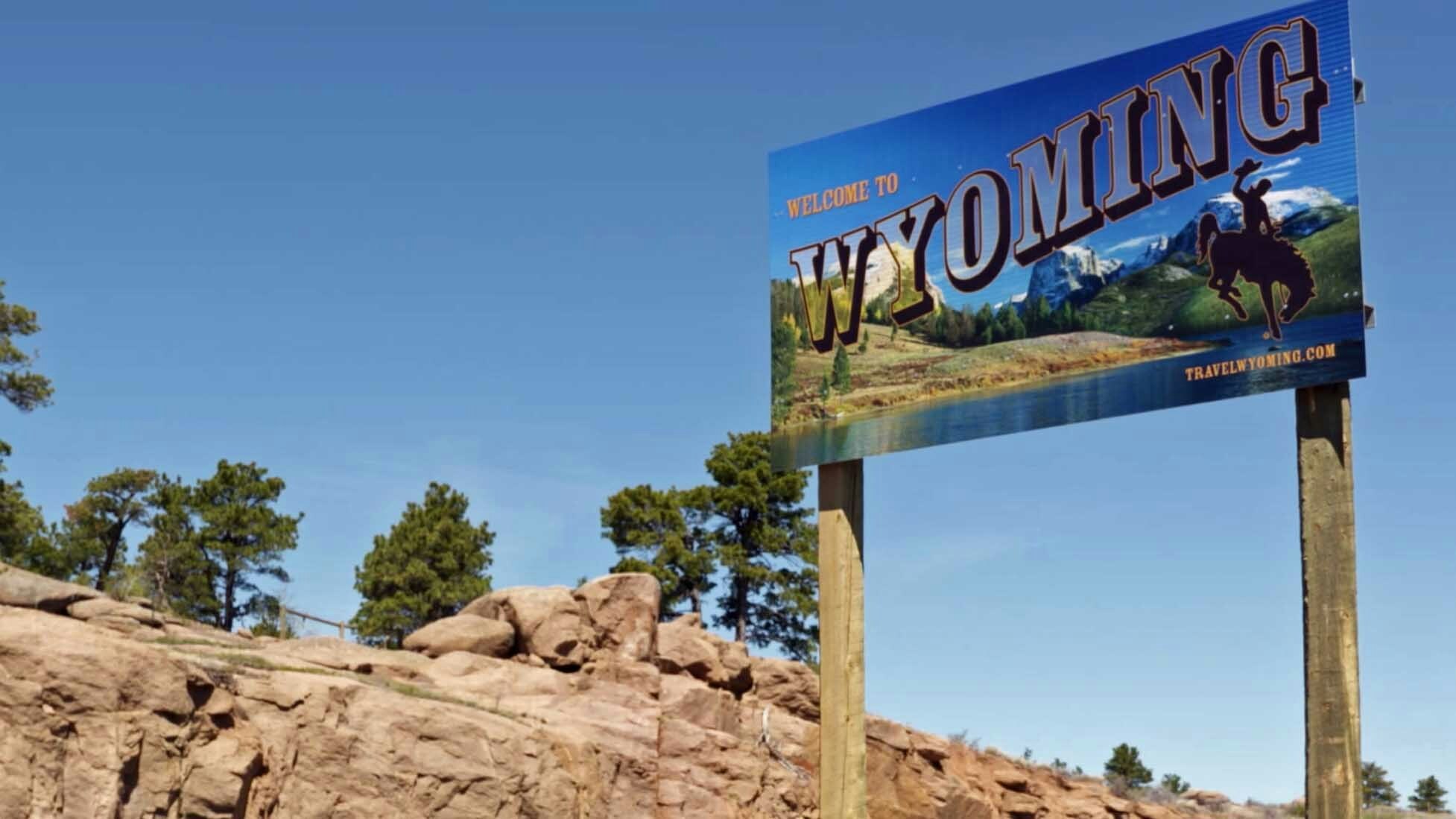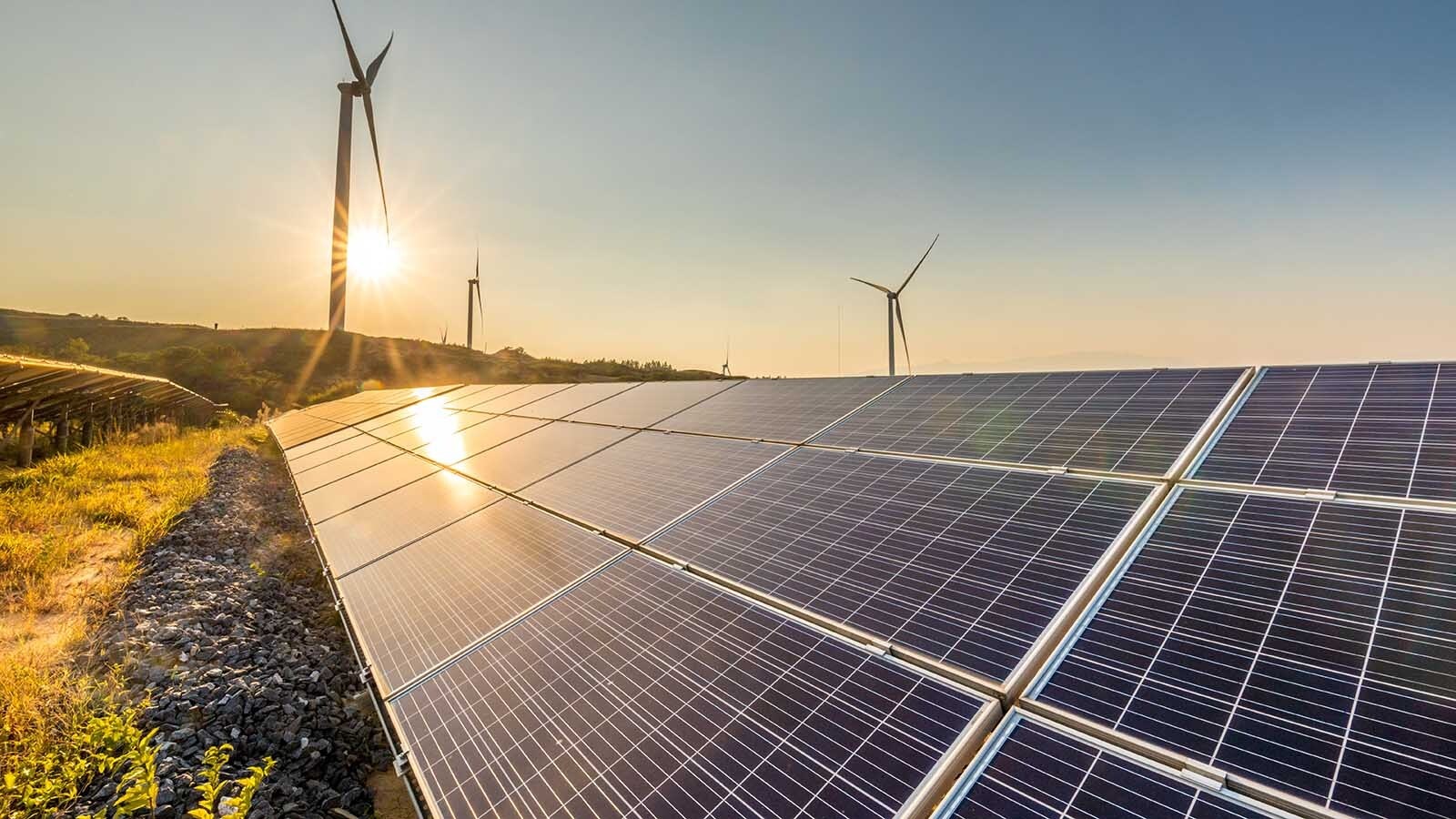Wyoming is among states without renewable energy mandates and “cap-and-trade” programs that correlate with high energy costs.
States with such policies have much higher electricity rates than those without, according to a new study by American Legislative Exchange Council, a conservative nonprofit.
Wyoming, which has neither of the policies, remains among the states with the lowest electricity rates, the report says.
Unlike its 2021 study, this year’s “Energy Affordability Report” also examines how much consumers pay for gasoline. Wyoming was the highest among the states, owing to high annual miles Wyomingites drive.
The result of such policies is predictable, the report concludes.
“When the government inserts itself into the energy markets, taxpayers foot the bill,” writes Joe Trotter, the report’s author.
Rates and Regulation
In the report, Trotter, who is ALEC’s Energy, Environment and Agriculture Task Force Director, analyzes the relationship between states’ electricity prices based on 2020 data from the U.S. Energy Information Administration. The report then compares the rates and whether or not they had Renewable Portfolio Standards cap-and-trade programs or both.
The RPS policies mandate a certain amount of energy come from renewable sources. Cap-and-trade programs limit the amount of emissions utilities and businesses are allowed to emit, and then allow businesses to trade excess if they emit less than their cap.
Wyoming tied with Utah for the fourth lowest rates in the county at 8.27 cents per kilowatt hour averaged out over the sectors of residential, commercial, industrial and transportation rates. Louisiana had the lowest rate at 7.51 cents, followed by Oklahoma and Iowa.
None of those states – with the exception of Iowa, which does have an RPS — have the two policies the report concludes impact energy prices.
The highest electricity rates were found in Hawaii at 27.55 cents per kilowatt hour and Alaska at 19.82 cents. The report refers to these states as outliers. Because of their geographical remoteness, they are unable to export and import electricity between neighboring states, which can drive up energy prices. Both have RPS policies but don’t participate in cap-and-trade programs.
The next highest rates are found in states within the Lower 48. California, Maine, Rhode Island and Connecticut all pay more than twice what Wyoming residents and businesses do — more than $18 per kilowatt hour. All four also have an RPS.
Energy shortages
The report also examines net metering programs, which allow utility companies to pay individual consumers for excess electricity generated by their rooftop solar panels. No correlation between electricity prices and net metering were found.
Trotter told Cowboy State Daily that the policies were considered because they’re flexible enough that any state can apply them. So, it’s easy as a policy marker to consider in all states.
This is the second year ALEC has produced the report, and Trotter said there was little difference between what was found last year.
Outage By Regulation
The report states that in extreme cases, regulatory issues cause energy shortages.
Citing an article in Becker’s Hospital Review, the average American spent eight hours without electricity in 2020, the highest since 2013 when the EIA began collecting the data. The Becker’s article looked at extreme weather events such as Hurricane Ida and the 2021 Texas deep-freeze power crisis and found some fatal outcomes as a result of prolonged outages.
The ALEC report also cites a Forbes article by Michael Shellenberger, author of “Apocalypse Never” and “San Fransicko,” discussing how the 2020 California power outages, which impacted the health of some residents of the state, were caused by the state’s energy policies.
Deadly Policies
Trotter told Cowboy State Daily that the situation in New England especially stood out in the course of the research. New England isn’t far from the gas-rich shale plays of Pennsylvania, but New York won’t allow pipelines through the state. Maps of pipelines in the United States show them petering out the further north into New England they go, and Maine has almost none.
This situation, Trotter said, is going to drive up energy prices in those states because they were importing Russian natural gas since they don’t have the infrastructure to bring in natural gas from domestic supplies. Trotter said this winter could be very hard on the residents there.
“It will be deadly, if they’re not getting their power, if they’re not getting their heating fuels,” Trotter said.
Energy Independence
Trotter said that ALEC and these energy events and their links to regulation have raised the level of attention the organization is given to energy policy and its impacts on the economy.
Germany “is basically having to shut down a lot of their industry, especially heavy industry, which relies on natural gas to run their entire operations. We don’t want that to happen here, especially when we have all the resources we need to be fully energy independent,” Trotter said.
Trotter said future editions of the “Energy Affordability Report” will begin to analyze energy source mix to consider how the composition of wind, solar, coal, natural gas, hydroelectric and other sources impact energy prices.
He said state lawmakers have been reaching out to ALEC more about energy policy, and he believes the studies are having an impact on policymakers.





